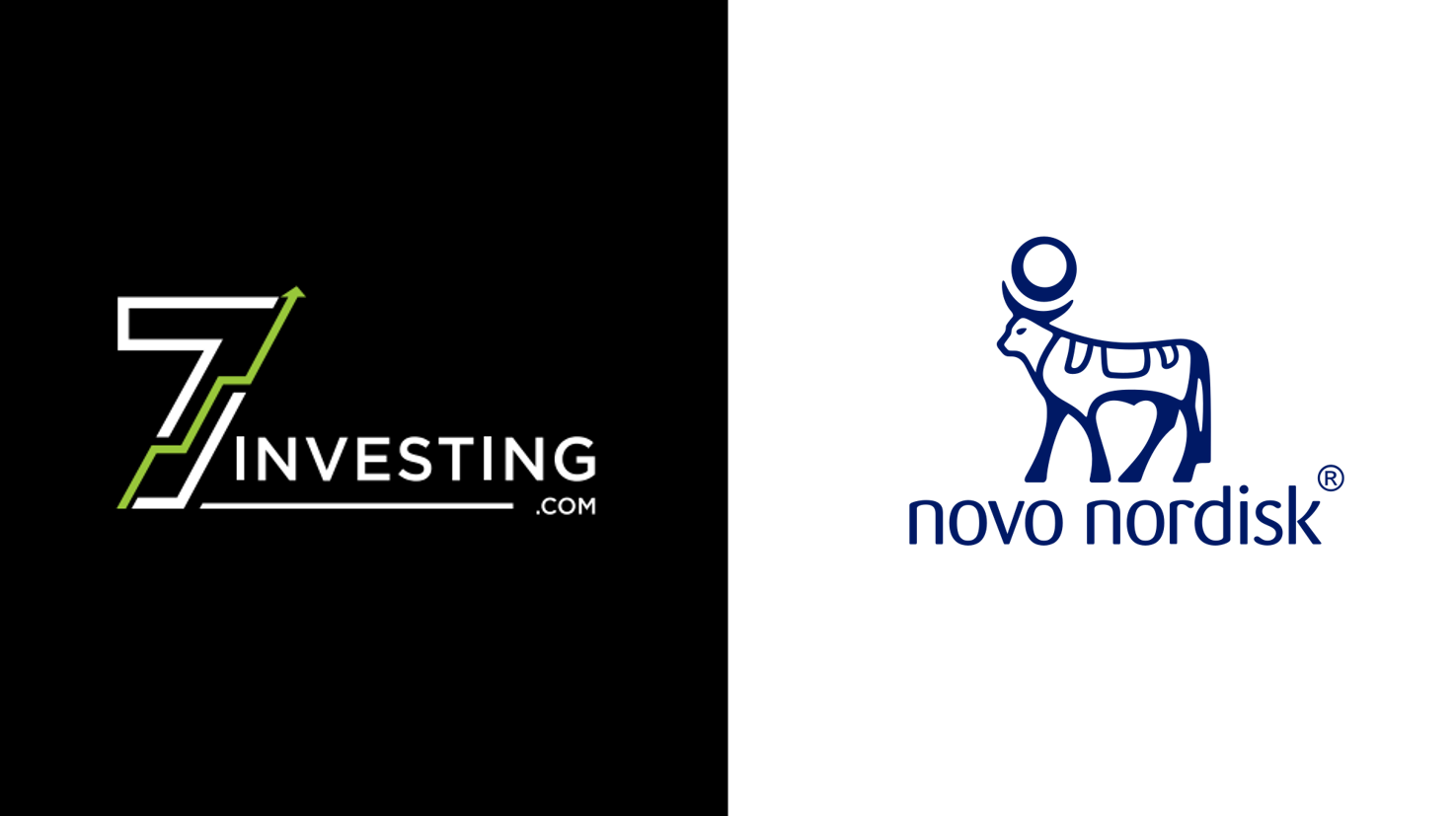Free Preview
Simon describes how spotting disruptive innovation and bigger-picture market changes can be the key to finding 10-baggers.
Investing in disruptive innovation isn’t for the faint of heart. Though it certainly has the potential to provide you with 10-bagger returns.
Many people prefer a comfortable style of investing. There’s a peace of mind in knowing your companies have massive competitive advantages that protect them, and you love to see their stocks grow by a steady 10% – 15% every year. It’s dependable and reassuring to see your account balance gradually increase in a clockwork fashion.
Getting Disruptive
But that’s not how things work in disruption. Disruptive innovation flips the script on existing industries. When things get disrupted, it results in a violent shift in an industry’s market share. Big Firms — which are the well-established leaders, yet are stuck in their existing ways of doing things — are often meant to fail as their markets evolve. History is chock-full of examples: IBM (NYSE: IBM) in mainframe computers, Cisco (Nasdaq: CSCO) in networking hardware, and Oracle (NYSE: ORCL) for relational databases. Today, we’re seeing disruption emerge again in health care and in quantum computing.
And while those violent market share shifts penalize the incumbents, they also greatly reward the disruptive new entrants! Digital Equipment Corporation, whose PDP minicomputers disrupted mainframes, grew its sales 100-fold during the 1960s. Ubiquiti (NYSE: UI), whose wireless equipment didn’t need to compete head-to-head with Cisco for large enterprise contracts, grew revenue 10-fold this past decade. And MongoDB (Nasdaq: MDB) reported earlier this month that its cloud-base “database-as-a-service” is still continuing to grow at 70%+ annually.
Disruption doesn’t happen linearly. It happens exponentially.
The disruptive business model and years of research & development costs reward the right companies with accelerated revenue growth and profit expansion. The market begins rapidly adopting their products. Companies that were previously on the sidelines suddenly rush to become customers in order to not be left behind their competitors. The disruptive companies further expand their capacity, just to keep up with surging demand.
This is the best-case-possible scenario for investors. When a company hits these highly lucrative “S-curves,” it can provide a order-of-magnitude improvement to both the top and bottom line. And the market capitalization of these companies typically follows suit alongside that order-of-magnitude improvement, which can provide a legendary “10 bagger” stock return.
I’ve dedicated a good portion of my professional career to seeking out those disruptive 10-baggers. There’s no crystal ball that perfectly predicts when they’ll occur, though it helps to look for the bigger-picture changes taking place in the markets:
- The cost of sequencing a whole human genome has fallen from $1.5 million in 2008 to less than $500 today. Only a handful of people in the world had their genome sequenced in 2008, but more than 38 million people (including yours truly) have now participated in genomic initiatives. The falling costs of sequencing are rolling out the red carpet for 10-baggers in the fields of genetics and genomics.
- In most of its missions up until 2010, it cost NASA an estimated $20,000 per kilogram to send payloads into outer space. Today, SpaceX’s Falcon Heavy can send that same kilogram into orbit for around $1,500. The same reusable rockets that sent the Tesla Roadster into outer space are now opening up new opportunities for the commercial space economy.
- The costs of data storage and processing have fallen dramatically, thanks to cloud computing. This is enabling organizations to collect massive amounts of data to improve their operations, and for a new wave of cloud-native software applications to be built with significantly lower IT overhead costs.
Let Your Winners Run
Yet there’s another important factor investors should consider when approaching disruptive innovation: Let your winning horses run.
The future is inherently unpredictable, and you’ll have to accept that you’ll never bat 1.000 when investing in these types of companies. In fact, I would consider being right just five times out of 10 when it comes to investing in disruption to be extremely impressive.
So with the understanding that disruptors can compound their S-curve gains for years as they aggressively steal market share and also that not all investments in this style will work out, it’s imperative to not sell your winners too early. While it might be tempting to sell a disruptive company after its stock increases 100% in value, you’ll most likely end up kicking yourself as it goes on to increase another 100%, 200%, or more after you sold.
Technological progress often takes place in revolutionary rather than evolutionary fashion. Identifying disruptive innovation can be challenging, but it can also be extremely rewarding for investors.




